Some perennials have roots that run on or just below the surface of the soil. They form new crowns and roots when they reach open spaces or make contact with the soil. If you cut between any of the stems as you would cut a piece of sod from a lawn, you will have a division with its own stems and roots. In this video, author and instructor Janet Macunovich demonstrates how to divide plants with surface roots.
Plants with surface roots include bee balms (Monarda spp. and cvs., Zones 4–9), black-eyed Susans (Rudbeckia spp. and cvs., Zones 3–9), creeping sedums (Sedum spp. and cvs., Zones 3–9), creeping speedwells (Veronica spp. and cvs., Zones 3–8).
Related videos
Introduction to Dividing Perennials
Dividing Plants with Roots That Form Offsets
Dividing Plants with Underground Running Roots
Dividing Plants with Woody Roots
Related article

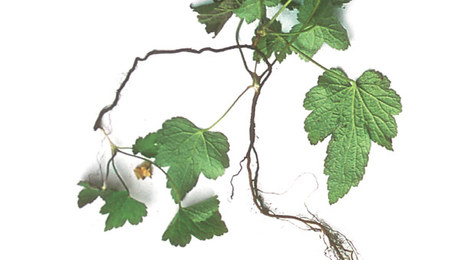
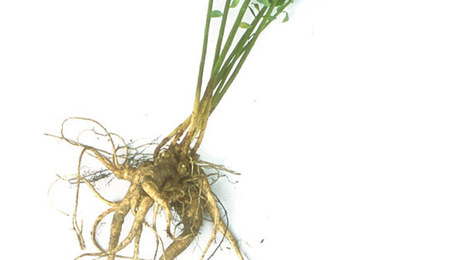
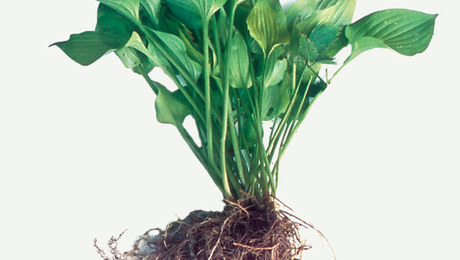
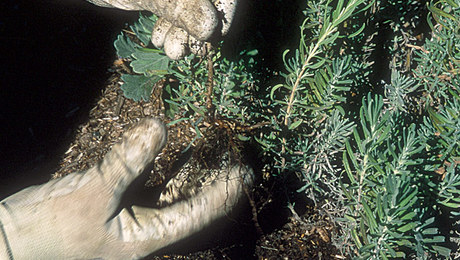

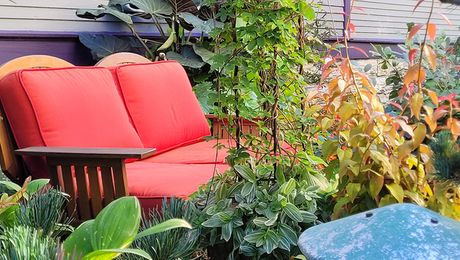











Comments
Log in or create an account to post a comment.
Sign up Log in